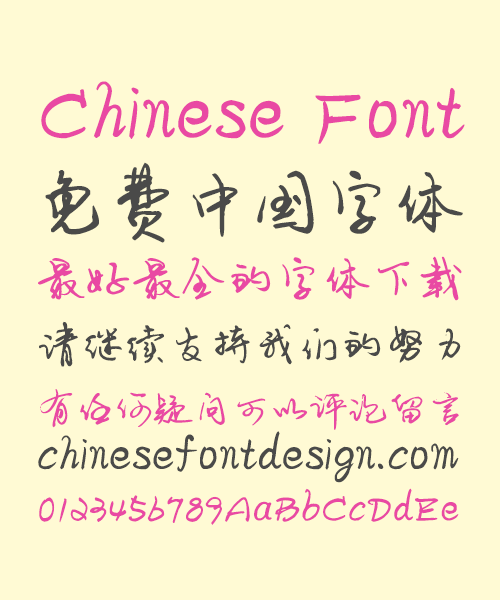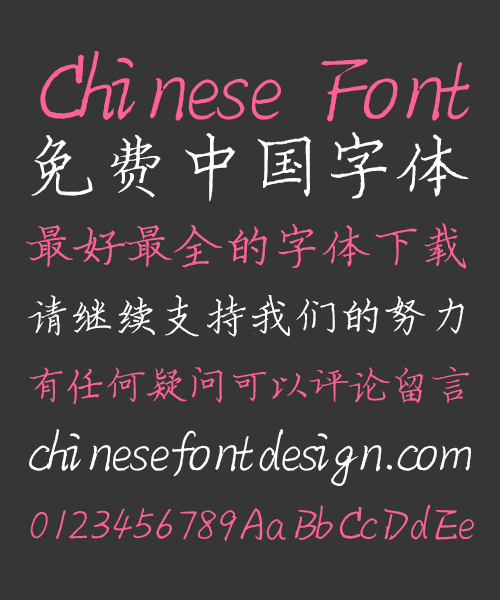
Chinese 中文: Microsoft JhengHei, Microsoft YaHei, SimHei.Traditional Chinese 繁體中文: Ming Light, Microsoft JhengHei.Simplified Chinese 简体中文: SimSun, KaiTi, Microsoft YaHei.
 Korean 한국어: Hangangche, Seoul, Apple SD Gothic Neo. Traditional Chinese 繁體中文: Apple LiSung, LiHei Pro, LiSong Pro. Simplified Chinese 简体中文: Song, ST Heiti, ST Kaiti, Fang Song. Macįigma supports the following native fonts, by language: If you're using Figma in the browser, you can install the Figma Font Helper to access fonts installed on your computer. If you are using the Figma desktop app, you can use any fonts already on your computer. This allows you to access shortcuts mapped to your specific layout. For information regarding other uses of Source Han Sans CJK Traditional Chinese, see copyright and license details for Source Han Sans TC ExtraLight, Source Han Sans TC Light, Source Han Sans TC Normal, Source Han Sans TC Regular, Source Han Sans TC Medium, Source Han Sans TC Bold, and Source Han Sans TC Heavy.Using a Chinese (Pinyin), Japanese (Kana), or Korean keyboard? You can update your keyboard layout from any Figma file. You're free to use it with your Adobe Fonts account just as you would any other font in the Adobe Fonts library. Source Han Sans CJK Traditional Chinese is available via an open source license. Typefaces released as Adobe Originals are the result of years of work and study, regarded as industry standards for the ambition and quality of their development.
Korean 한국어: Hangangche, Seoul, Apple SD Gothic Neo. Traditional Chinese 繁體中文: Apple LiSung, LiHei Pro, LiSong Pro. Simplified Chinese 简体中文: Song, ST Heiti, ST Kaiti, Fang Song. Macįigma supports the following native fonts, by language: If you're using Figma in the browser, you can install the Figma Font Helper to access fonts installed on your computer. If you are using the Figma desktop app, you can use any fonts already on your computer. This allows you to access shortcuts mapped to your specific layout. For information regarding other uses of Source Han Sans CJK Traditional Chinese, see copyright and license details for Source Han Sans TC ExtraLight, Source Han Sans TC Light, Source Han Sans TC Normal, Source Han Sans TC Regular, Source Han Sans TC Medium, Source Han Sans TC Bold, and Source Han Sans TC Heavy.Using a Chinese (Pinyin), Japanese (Kana), or Korean keyboard? You can update your keyboard layout from any Figma file. You're free to use it with your Adobe Fonts account just as you would any other font in the Adobe Fonts library. Source Han Sans CJK Traditional Chinese is available via an open source license. Typefaces released as Adobe Originals are the result of years of work and study, regarded as industry standards for the ambition and quality of their development. 
Today the Type team’s mission is to make sophisticated and even experimental typefaces that explore the possibilities of design and technology.

The Adobe Originals program started in 1989 as an in-house type foundry at Adobe, brought together to create original typefaces of exemplary design quality, technical fidelity, and aesthetic longevity.







 0 kommentar(er)
0 kommentar(er)
